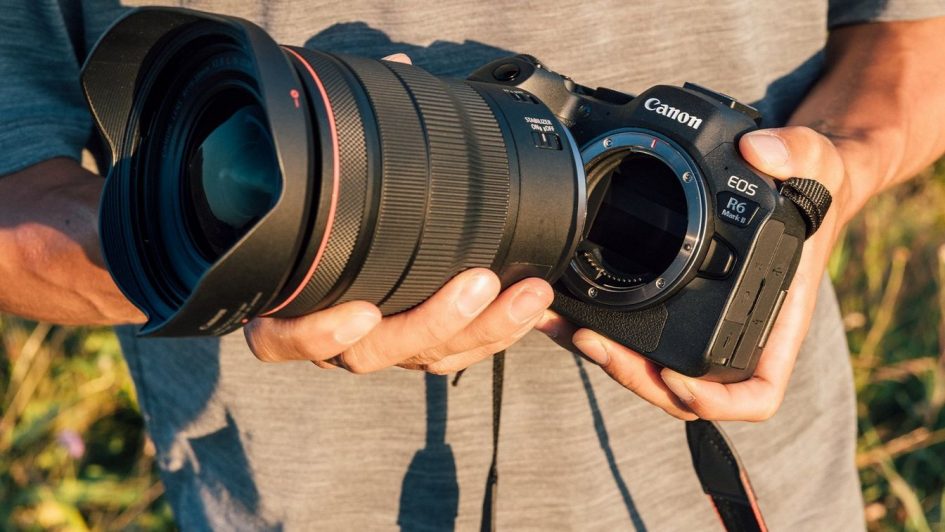Photography has come a long way since its inception, transforming from a niche scientific curiosity into a ubiquitous part of everyday life.
At the heart of this evolution are cameras and lenses, the essential tools that capture the moments we cherish. Let’s delve into the fascinating history and technological advancements of these critical components.
The beginning of photography and digital era
The story begins in the early 19th century with the invention of the camera obscura, a simple device that projects an image of its surroundings onto a screen. Although it was not capable of capturing images permanently, it laid the groundwork for future innovations. The first practical photographic process was developed by Louis Daguerre in 1839. Known as the daguerreotype, this process used a silver-plated copper sheet and mercury vapour to create a lasting image. While revolutionary, it was cumbersome and required long exposure times.
The next major leap came with the development of digital cameras. The first commercially available digital camera, the Sony Mavica, appeared in 1981, but it was the introduction of digital single-lens reflex (DSLR) cameras in the late 1990s that truly revolutionised the field.
These cameras combined the flexibility and control convenience of digital technology, allowing photographers to instantly review their shots and make adjustments on the fly. There are moreover available opportunities such as lens rentals and more.
Lenses
While cameras often get the spotlight, lenses play a crucial role in the quality of the images produced. Early lenses were simple glass elements that provided limited control over the image. As optical technology advanced, lenses became more complex and capable.
Modern lenses have such combinations:
- glass elements;
- coatings;
- diaphragms to control light;
- focus precisely.
The introduction of zoom lenses provided photographers with incredible versatility, allowing them to change focal lengths without switching lenses. Prime lenses, with their fixed focal lengths, offer superior image quality and are favoured for specific applications like portrait or macro photography.
Unimaginary future: mirrorless cameras
In recent years, mirrorless cameras have emerged as a popular alternative to previous ones. These cameras eliminate the mirror mechanism found in DSLRs, allowing for more compact designs and often lighter bodies. Mirrorless cameras use electronic viewfinders or the rear LCD screen for composing shots, providing a more accurate preview of the final image.
Photography has democratised even further with the integration of high-quality cameras into smartphones. Modern smartphones have:
- feature advanced lenses;
- image sensors;
- computational photography techniques.
This has made photography more accessible than ever, allowing anyone to capture and share high-quality images instantly.
SP Studios: source for your quality lenses
At SP Studios, we offer the best selection of lenses you can find. Find the perfect fit for your project from our catalogue of lenses from brands such as:
- Sigma;
- Angenieux;
- Leitz;
- ARRI;
- Cooke;
- Laowa;
- Hasselblad.
Regardless of what type of lens you are looking for, you can find it at SP Studios. From spherical and anamorphic zoom and prime to specialty lenses, we have everything you need to bring your vision to life.
All of our lenses are currently only available for in-studio rental at SP Studios, with the only exception being the rental of Phantom Flex 4K GS camera, where we provide lenses on location along with the camera for an additional charge. If you need help with picking the right lens for your camera, our team of experts is always available.
